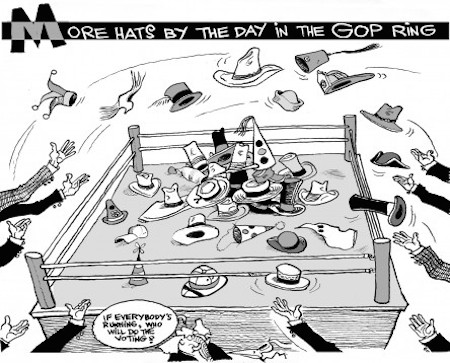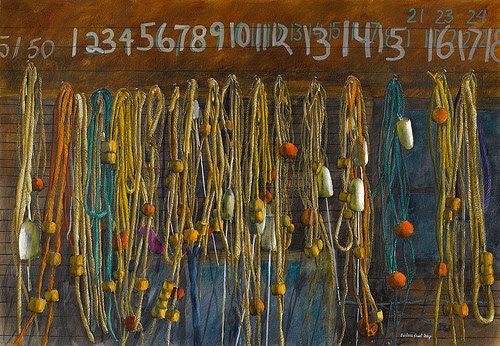When you read this, I’ll probably be out in the wilderness on a 220-mile hike along the John Muir Trail. Embarking on this journey through California’s breathtaking Yosemite, Kings Canyon and Sequoia National Parks reminded me of a conversation I had in Mexico five years ago.
I’m a relative newbie to hiking and backpacking — I didn’t grow up outdoorsy. Traveling to a rural part of Chiapas in 2010 to research indigenous farming techniques took me outside my comfort zone and helped me find a new hobby.
I went with friends I trusted, and they were comfortable with our accommodations. My discomfort started the first time I asked for the restroom and somebody told me to go behind a tree.
Wait, you mean there’s no — what?
About a week later, I noted to my fellow travelers that living among peasant farmers felt an awful lot like camping. Only camping is something Americans do for recreation for short periods of time (and with fancy gear).
In this part of Mexico, this was how people spent their entire lives — except without down sleeping bags or portable espresso makers. The closest thing many Americans can imagine to that is Survivor, the old reality TV show.
Imagine if the hiking boot were on the other foot. How about a reality show for rural Mexicans in which competitors commuted to work in heavy traffic and then sat at a desk for eight hours looking at spreadsheets, interrupted only by staff meetings?
My time in Mexico didn’t immediately lead me to take up camping, but it helped me grow a little more comfortable going without modern “necessities” like toilets or hot showers.
It was ultimately my love of North American nature that got me to take up camping. You can see a lot of magnificent beauty on short day hikes, but some natural wonders require days of backpacking to get there — and there’s no Holiday Inn on the trail.
So I’m giving up my beloved indoor plumbing and extra-firm mattress to enjoy what a 25-day hike through California’s Sierra Nevada mountains can offer. I’m spending nearly a month close to nature, without many modern conveniences. For fun.
You know what? The hot showers I take in my bathroom are fantastic, but not as good as bathing in a rain forest’s river like the people I met in Mexico do every day.
And beds are utterly fantastic — but I don’t get to see the stars very often when there’s a roof over my head. My friends in rural parts of Kenya, the Philippines, and Bolivia see them every night.
Between doing cardio in a gym and walking on trails, there’s no contest. The gym has no stream running alongside the treadmill, and even the best smelling gym can’t compare with the fragrance of a pine forest.
My comparison of life in rural Mexico to camping initially elicited sympathy for my Mexican hosts because of all the material comforts we have and they lack. Now, I’m heading out to temporarily seek a life more like theirs for a few weeks.
For everything Americans gain from our modern conveniences, perhaps we’ve lost a few too many old-fashioned pleasures. Like walking along tree-lined trails. Or observing wildflowers as they bloom throughout the warmer months. And looking up in awe at the stars every night.
Our national and state parks afford these pleasures to anyone who can get there and spare the time. The 25 days I’m taking to do this hike is an enormous luxury that many Americans will never enjoy. The wonders of nature should be accessible to all, not a luxury for the privileged few.









